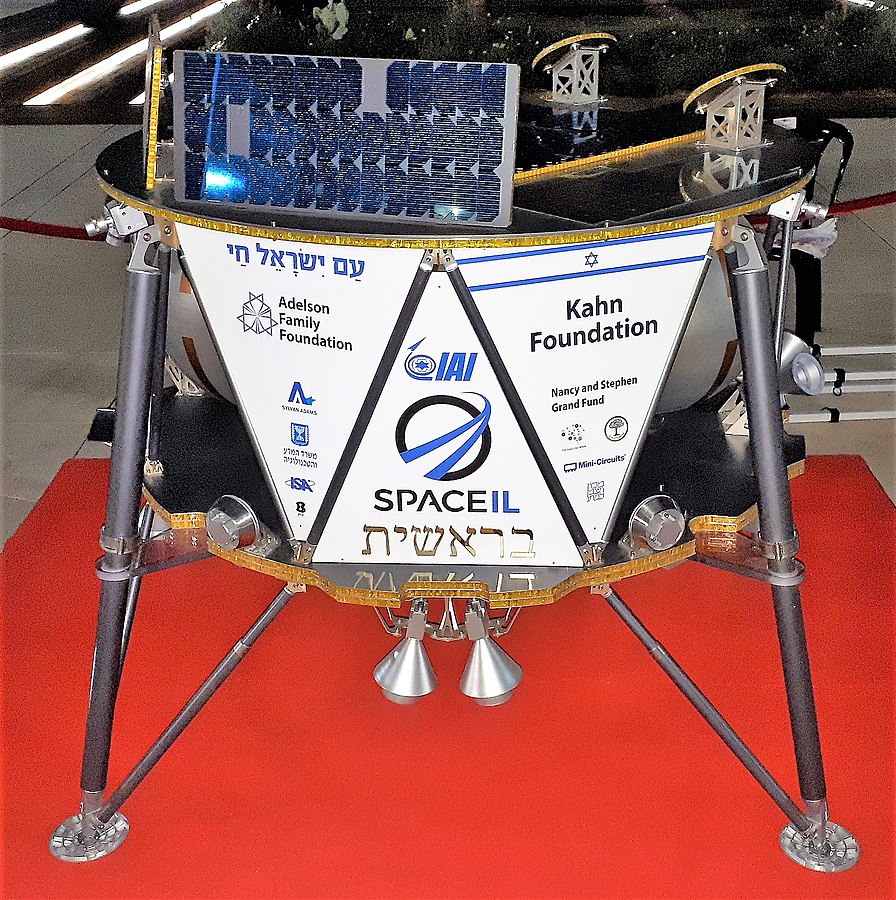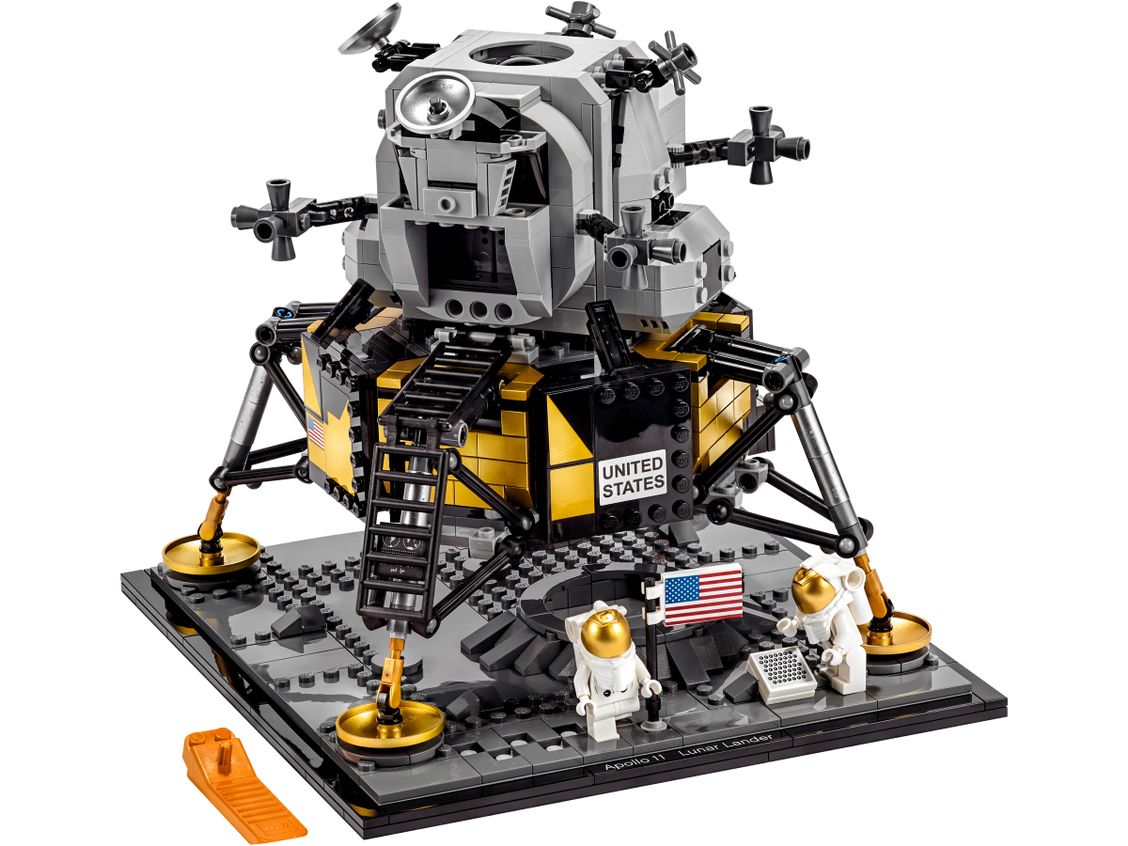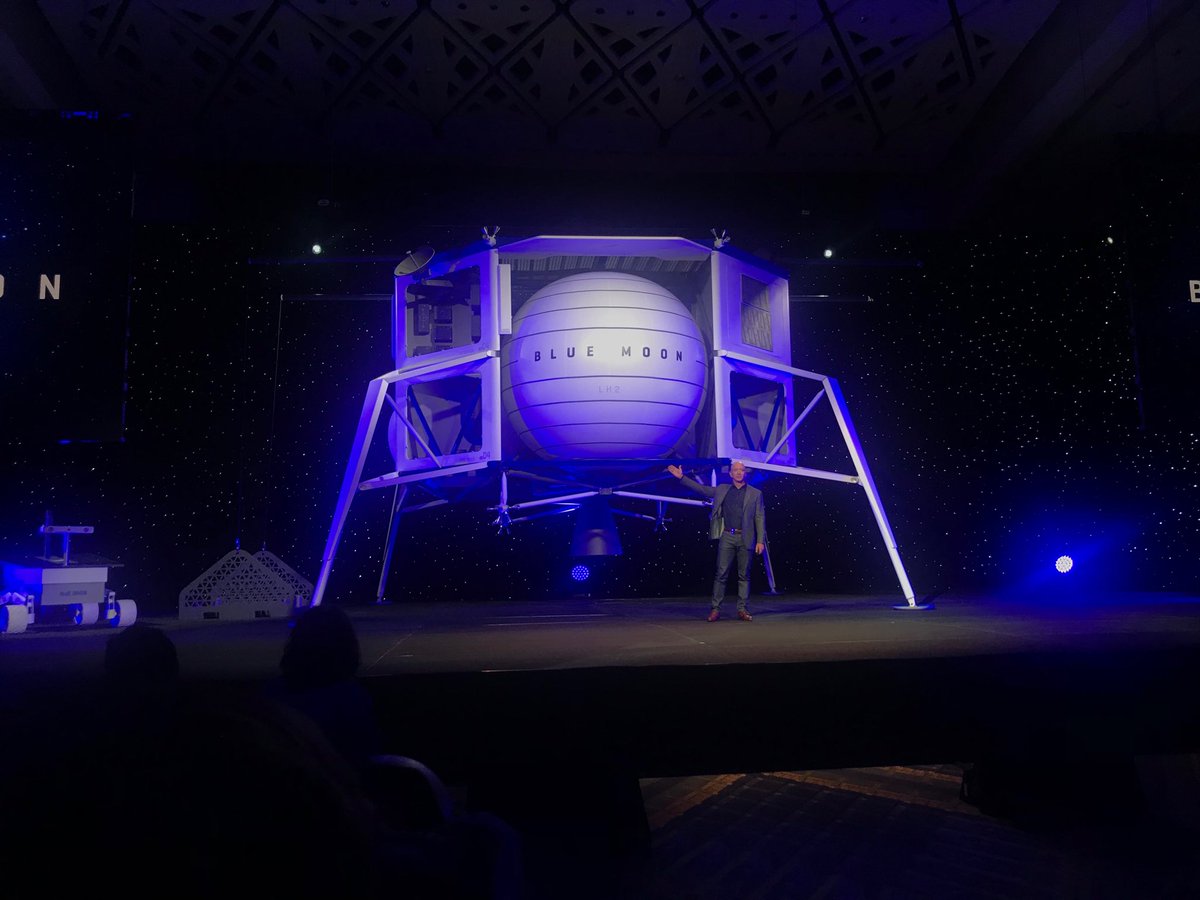After months of discussion, the space agencies behind the Lunar Gateway have decided how the space station will orbit the Moon. NASA and the ESA are developing the Lunar Gateway jointly, and the orbital path that it will follow around the Moon is a key part of mission design. It’ll affect all the vital aspects of the mission, including how spacecraft will rendezvous and land at the station.
Continue reading “The Lunar Gateway Will be in a “Near-Rectilinear Halo Orbit””SpaceIL Scraps its Plans to go Back to the Moon. Instead, it’s Got a New Secret “Significant Objective” for Beresheet 2
Mystery. Secrecy. A Need-To-Know Basis. These are the hallmarks of science. Wait a minute: no they’re not. So what’s with all the mysterious secret objective talk from SpaceIL about Beresheet2?
Continue reading “SpaceIL Scraps its Plans to go Back to the Moon. Instead, it’s Got a New Secret “Significant Objective” for Beresheet 2″LEGO’s New Apollo 11 Lunar Lander has been Released
The 50th anniversary of You-Know-What is coming up and LEGO is getting in on the celebration. The much-beloved company has released a replica of the Apollo 11 Eagle Lunar Lander. The new lander is part of LEGO’s Creator Expert collection.
LEGO teamed up with NASA on this effort, and the model boasts quite a few realistic touches.
Continue reading “LEGO’s New Apollo 11 Lunar Lander has been Released”The Blue Origins Founder Wants to Get to the Moon by 2024
Blue Origin is going to the Moon. In an hour-long presentation in Washington DC on May 9th, Jeff Bezos spelled out his plans for reaching the Moon, confirming what many guessed he was hinting at in a tweet from the previous week.
Bezos and his company, Blue Origin, are developing a lunar lander capable of landing a large payload of 6.5 metric tons (14,330 lbs.) on the lunar surface. The lander is being called ‘Blue Moon’ and the target date for its rendezvous with the Moon is 2024.
Continue reading “The Blue Origins Founder Wants to Get to the Moon by 2024”Voyager and Pioneer’s Grand Tour of the Milky Way

During the early 1990s, NASA’s Pioneer 10 and 11 probes became the first robotic missions to venture beyond Neptune. In 2012 and 2018, the Voyager 1 and 2 missions went even farther by crossing the heliopause and entering interstellar space. Eventually, these probes may reach another star system, where their special cargo (the Pioneer Plaques and the Golden Records) could find their way into the hands of another species.
Which raises an important question: where might these spacecraft eventually wander? To address this, Coryn Bailer-Jones of the Max Planck Institute for Astronomy and Davide Farnocchia of NASA’s Jet Propulsion Laboratory recently conducted a study that examined which star systems the Voyager and Pioneer probes will likely encounter as they drift through the Milky Way over the next few million years…
Continue reading “Voyager and Pioneer’s Grand Tour of the Milky Way”Beresheet Crashed.
The Israeli Beresheet spacecraft has crashed into the Moon. The craft, whose name is Hebrew for “in the beginning” made its descent to the Moon but failed to stick its landing. If it had been successful, it would have put Israel in elite company, and made them only the fourth country to have a soft landing on the Moon, joining the USA, China, and the former Soviet Union.
Continue reading “Beresheet Crashed.”Using Black Holes to Conquer Space: The Halo Drive!
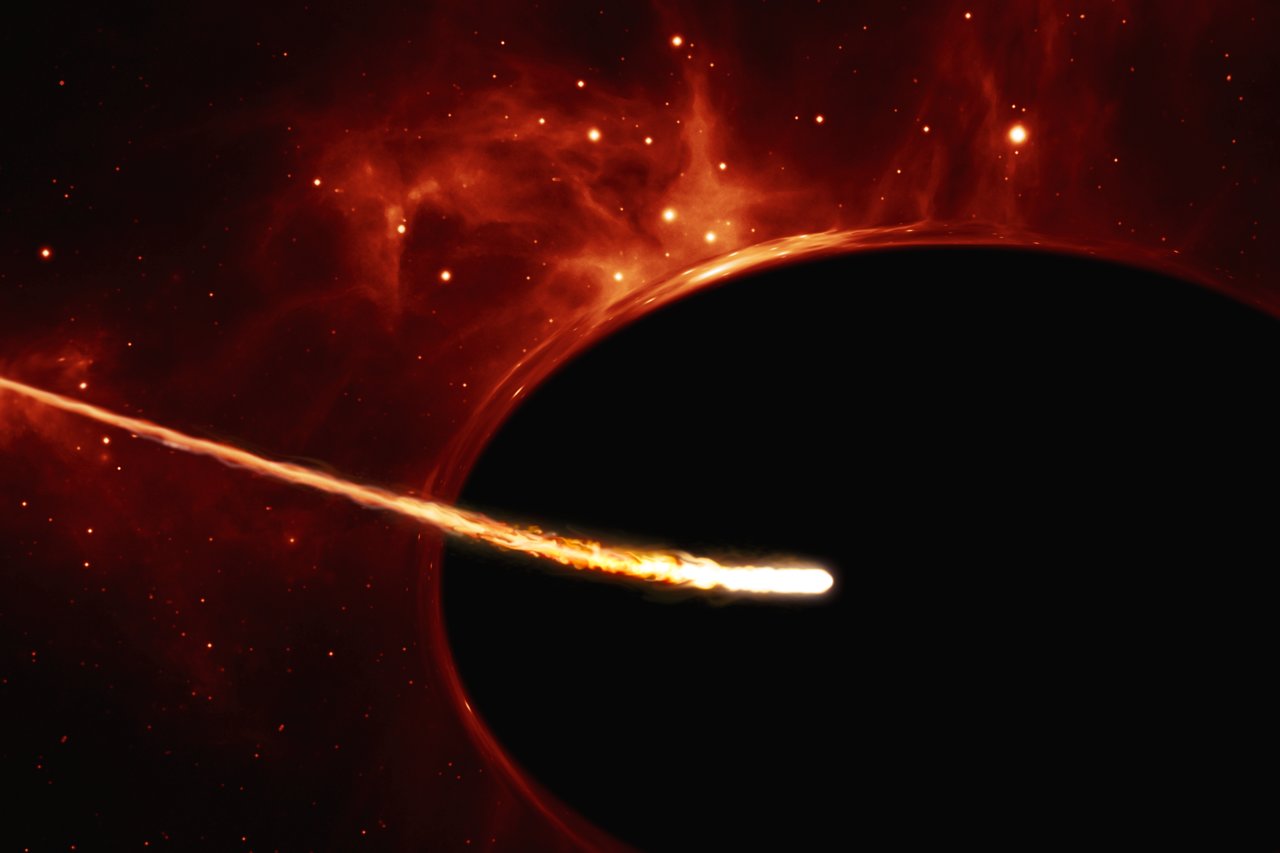
The idea of one day traveling to another star system and seeing what is there has been the fevered dream of people long before the first rockets and astronauts were sent to space. But despite all the progress we have made since the beginning of the Space Age, interstellar travel remains just that – a fevered dream. While theoretical concepts have been proposed, the issues of cost, travel time and fuel remain highly problematic.
A lot of hopes currently hinge on the use of directed energy and lightsails to push tiny spacecrafts to relativistic speeds. But what if there was a way to make larger spacecraft fast enough to conduct interstellar voyages? According to Prof. David Kipping – the leader of Columbia University’s Cool Worlds lab – future spacecraft could rely on a Halo Drive, which uses the gravitational force of a black hole to reach incredible speeds.
Continue reading “Using Black Holes to Conquer Space: The Halo Drive!”Ho-Hum. More Boring Success for SpaceX as Crew Dragon Splashes Down
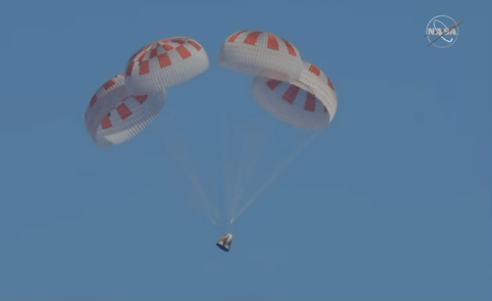
A few hours ago, the SpaceX Crew Dragon splashed down in the Atlantic Ocean, about 200 miles off the coast of Florida. The splashdown is the last act in what has been a successful first flight for the Crew Dragon. The flight, called Demo-1, was launched on March 2nd and spent five days at the International Space Station (ISS).
Continue reading “Ho-Hum. More Boring Success for SpaceX as Crew Dragon Splashes Down”How Big Would a Generation Ship Need to be to Keep a Crew of 500 Alive for the Journey to Another Star?

There’s no two ways about it, the Universe is an extremely big place! And thanks to the limitations placed upon us by Special Relativity, traveling to even the closest star systems could take millennia. As we addressed in a previous article, the estimated travel time to the nearest star system (Alpha Centauri) could take anywhere from 19,000 to 81,000 years using conventional methods.
For this reason, many theorists have recommended that humanity should
Steam-Powered Spacecraft Could Explore the Asteroid Belt Forever, Refueling Itself in Space
The era of renewed space exploration has led to some rather ambitious proposals. While many have been on the books for decades, it has only been in recent years that some of these plans have become technologically feasible. A good example is asteroid mining, where robotic spacecraft would travel to Near-Earth Asteroids and the Main Asteroid Belt to harvest minerals and other resources.
At the moment, one of the main challenges is how these craft would be able to get around and refuel once they are in space. To address this, the New York-based company Honeybee Robotics has teemed up with the University of Central Florida (UFC) to develop a steam-powered robotic spacecraft. The company recently released a demonstration video that shows their prototype World is Not Enough (WINE) “steam hopper” in action.
Continue reading “Steam-Powered Spacecraft Could Explore the Asteroid Belt Forever, Refueling Itself in Space”

